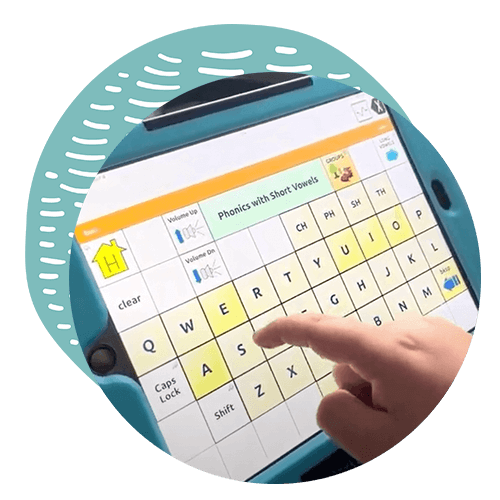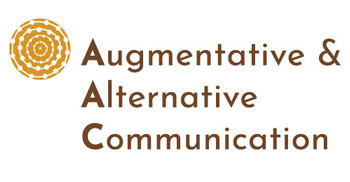AAC
Understanding Augmentative and Alternative Communication (AAC)
Summary
Here we explore Augmentative and Alternative Communication (AAC) highlighting its role in helping individuals with communication challenges achieve independence and express themselves freely.
Dynamic Communication is dedicated to advocating for families seeking funding for these essential devices.
What is AAC?
Augmentative and Alternative Communication (AAC) includes a variety of methods to help people communicate when they can’t use their voices effectively. AAC provides tools and strategies that empower individuals to express their thoughts, needs, and feelings.
Aided vs. unaided AAC
AAC is divided into two main types: unaided and aided.
- Unaided AAC relies on natural ways of communicating without any tools. This includes gestures, facial expressions, and manual signs like sign language. These methods allow individuals to convey messages using their body’s natural capabilities.
- Aided AAC involves tools or devices that assist with communication. This can range from low-tech options, like pictures or communication boards, to mid-tech devices such as message buttons or Go Talk systems. There are also high-tech options, like speech-generating devices with dynamic displays with multiple pages.


When is AAC used?
AAC is used when someone struggles to speak clearly. By using gestures, signs, pictures, or speech-generating devices, individuals communicate more effectively with others. Speech Language Pathologists (SLPs) play an important role in assessing communication needs and helping to implement these methods.
The Goal of AAC
The main goal of AAC is to enable individuals to express themselves freely and spontaneously. We want them to say what they want, when they want, and to whom they want, promoting independence and self-expression.
AAC is a way to help people communicate when they can’t use regular speech or writing. An AAC system can be different for each person and might include unaided methods like gestures or sign language, or aided methods like communication boards or special devices. It can range from simple tools to more advanced technology.
Finding the right AAC
To find the right AAC, it is important to work with a knowledgeable provider who can offer different options tailored to the individual’s needs. Since AAC systems are not one-size-fits-all solutions, we present at least three choices and explain their differences. At Dynamic Communication, we encourage families to try out systems to ensure they find the best fit, rather than choosing based on appearance alone.
Is AAC expensive?
The cost of AAC can vary widely depending on the type of system or device selected. We assist families in exploring funding options and provide information about various resources to help cover costs.
Addressing funding challenges
If someone needs AAC but faces challenges in obtaining it, Dynamic Communication works to find funding solutions and develop an acquisition plan. Everyone deserves the right to communicate effectively, and we advocate strongly for that right.
The impact of the right AAC
When individuals receive the right AAC at the right time, the results can be life-changing. There are many options for AAC, and while no system meets every need, our mission is to help clients find the best solution for them. Exploring different options to determine the best fit is not just our job; it’s what we love to do!
